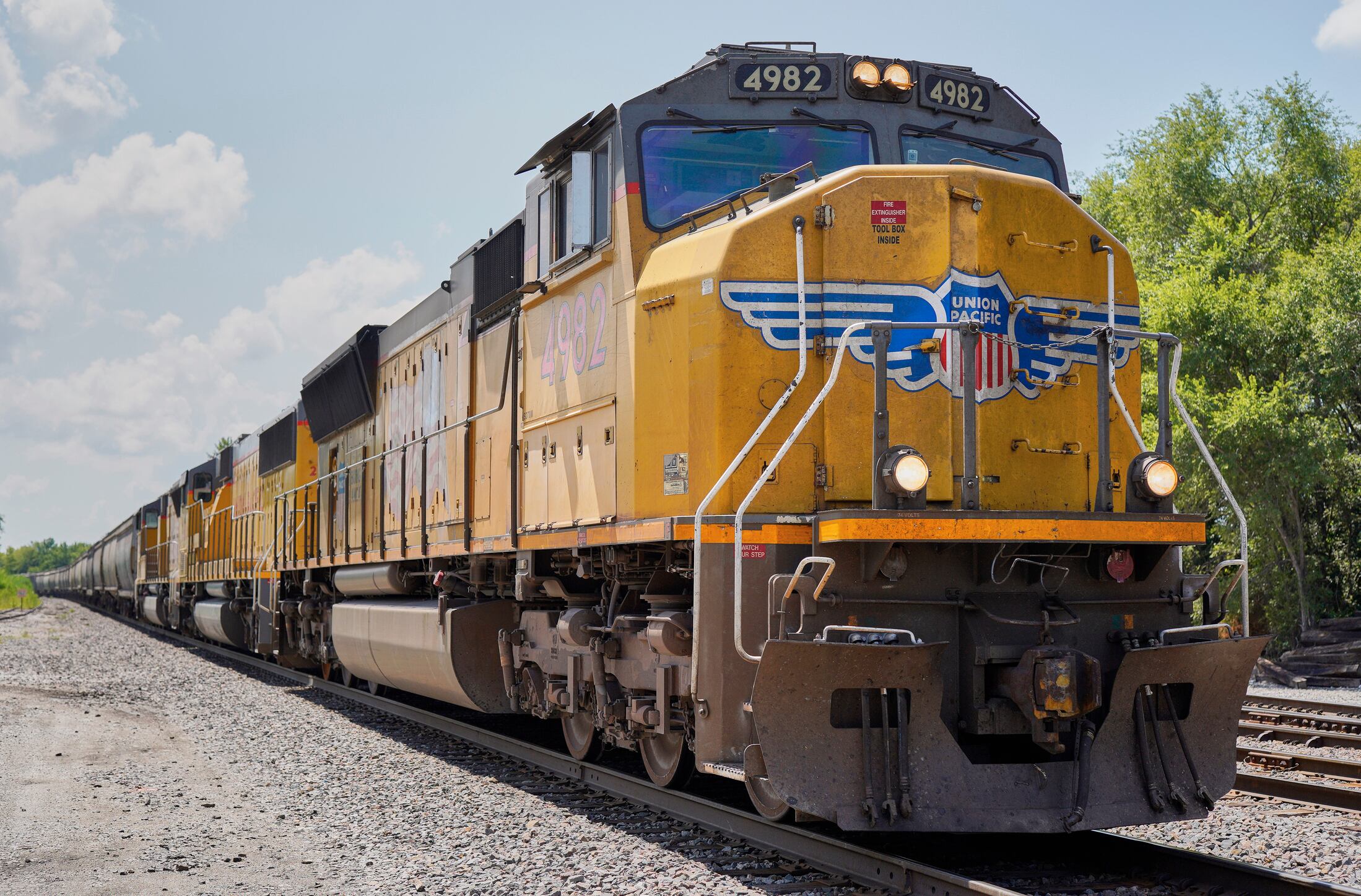Although the Surface Transportation Board authorized the deal that created CPKC railroad two years ago with the Canadian Pacific’s $31 billion acquisition of Kansas City Southern railroad, there is much discussion in the industry about whether such a merger would be approved by the board.
Only six significant freight railroads remained after the merging of the two smallest major railroads in North America. However, it was the first significant rail merger to be allowed in over 20 years.
After the disastrous 1996 union of Union Pacific and Southern Pacific, which caused rail traffic to be snarled for a long time, and the 1999 split of Conrail between Norfolk Southern and CSX, which caused backups in the East, the bar for railroad mergers in the United States was raised significantly at the beginning of the century. According to the 2001 regulations, any significant rail merger must demonstrate that it will improve competition and serve the public interest in order to be permitted.
Jim Vena, the CEO of Union Pacific, discussed the possible advantages of such a merger earlier this year, stating that it would expedite deliveries nationwide by removing the delays that occur when one railroad transfers products to another. Additionally, it would make shipping easier for businesses that depend on railroads to deliver their completed goods and raw materials.
However, because the big railroads are already so strong, shippers have already expressed concerns about the repercussions of having even fewer options for shipping their goods.
For a long time, some investors have maintained that the sector should eventually be reduced to one railroad in Canada and two East-West railroads that span the United States. Regulators, however, have adopted a cautious and critical stance. A thorough STB review would be required for any proposed deal. There is presently one vacancy on that board, which is evenly divided between two Republicans and two Democrats.
“A major transcontinental railroad merger would likely prove costly and time consuming, risking a years-long distraction to management, while facing significant pushback from regulators, politicians, employee unions, competitors, customers, and other stakeholders,” stated Ariel Rosa, an analyst at Citi Research, in a research note.
Based in Omaha, Nebraska, Union Pacific made $24.3 billion last year from the delivery of freight throughout the western United States by its more than 30.000 personnel. Norfolk Southern, which employs over 20,000 people and has its headquarters in Atlanta, reported $12.1 billion in sales.
Following the Journal’s piece, Norfolk Southern’s stock increased 3.7% throughout the day on Thursday and then 4.7% in after-market trade to reach $282.50.
Thanks to AP
Thanks to AP
Thanks to AP
Thanks to AP






